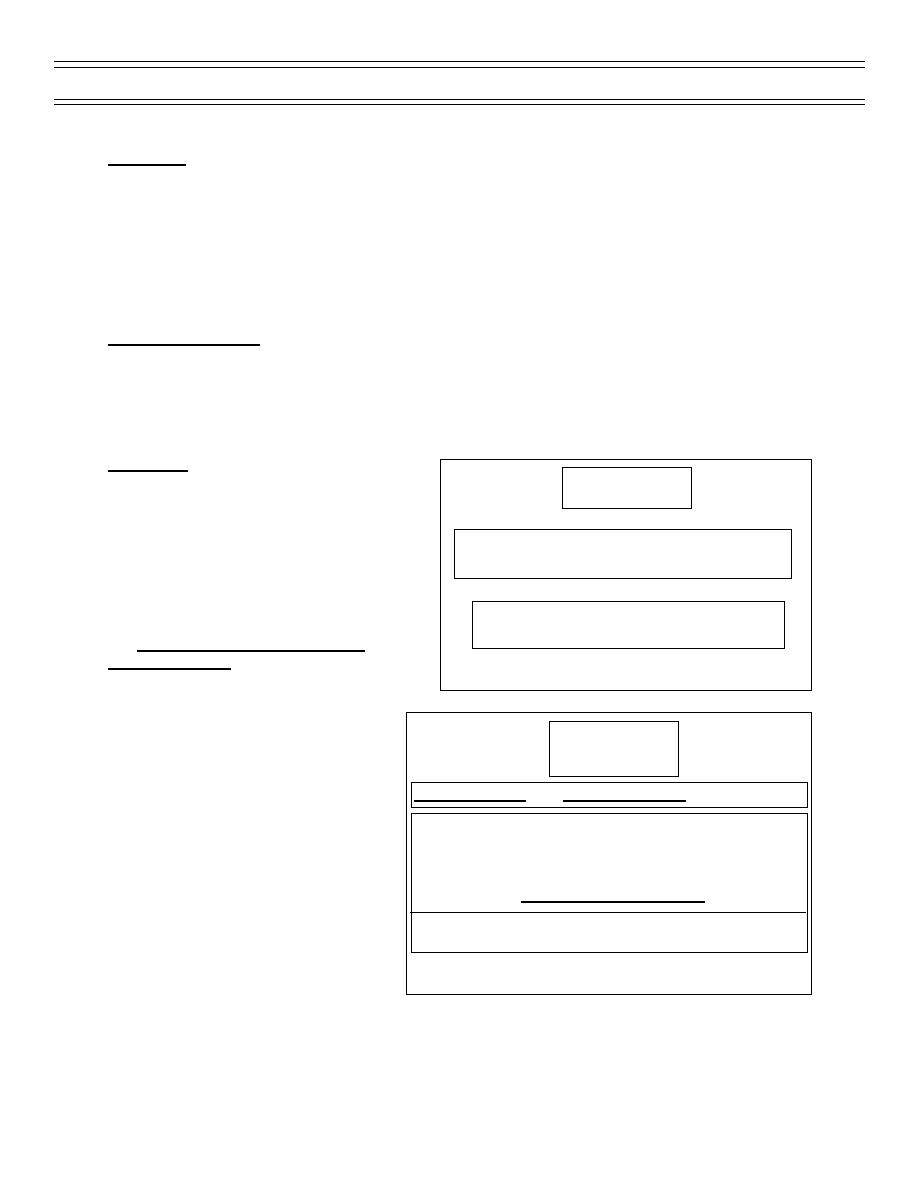
Aero Chapter 04, Stability
T-45 Aerodynamics Student Workbook
DIHEDRAL
The wings of the T-45 exhibit two degrees of dihedral, measured between the spanwise inclination of the
wing and the lateral axis, which increases the aircraft’s lateral stability. When an aircraft is sideslipping
laterally, dihedral wings cause an increase in angle of attack and lift on the downgoing wing. The reverse
is true of the upgoing wing. The difference in lift creates a rolling moment that rights the aircraft and stops
the sideslip. Dihedral wings are the greatest positive contributor to lateral static stability.
The T-45’s stabilator has ten degrees of negative dihedral (or anhedral). This anhedral makes the
stabilator effective under a greater range of airspeeds and conditions.
ASPECT RATIO (AR)
Aspect ratio is the span of the wing (b) divided by the average chord [c] (AR = b/c). Where curvature
makes determining the average chord difficult, an alternate expression is AR = b2/S where b is the wing
span and S is the wing area. The aspect ratio is a fineness ratio of the wing, which affects the
aerodynamic characteristics and structural weight. Sailplanes may have an AR of 35 and a jet fighter only
3.5.
COUPLING
Coupling is the interaction of simultaneous roll
COUPLING
and yaw movements (Figure 73). Depending
upon the strength of directional stability to
lateral stability, the T-45 may exhibit the
DEFINITION––THE INTERACTION OF
following tendencies:
SIMULTANEOUS ROLL AND YAW MOMENTS
DUTCH ROLL
Dutch roll results from a compromise between
COUPLING IN THE T-45
directional divergence and spiral divergence.
DUTCH ROLL AND SPIRAL DIVERGENCE
The lateral stability is stronger than the
directional stability (Figure 74).
Figure 73: COUPLING DEFINITION
Induced drag increases on the wing into
the wind when the aircraft yaws. Weak
directional stability allows adverse yaw to
COUPLING
pull the nose through the relative wind and
(DUTCH ROLL)
causes roll and yaw in the other direction.
Neutral dynamic directional and lateral
STRONG LATERAL WITH WEAK DIRECTIONAL STABILITY
stability are the causes of Dutch roll. A
swept-wing aircraft will increase its lateral
WITH A ROLL OR YAW, LIFT AND INDUCED DRAG INCREASE ON
WING INTO THE WIND––WEAK DIRECTIONAL STABILITY ALLOWS
stability by increasing the angle of attack.
ADVERSE YAW TO PULL THE NOSE THROUGH THE RELATIVE
WIND CAUSING ROLL AND IN THE OTHER DIRECTION. IN THE
An aircraft might not exhibit Dutch roll at
T-45, DUTCH ROLL BUILDS TO A LEVEL AND THEN STABILIZES
high speed and low angles of attack. But
AT THAT LEVEL––NEUTRAL DYNAMIC STABILITY
when coming in to land at low airspeed
DIRECTIONAL STABILITY - POSITIVE STATIC/NEGATIVE DYNAMIC
and high angle of attack, the increase in
LATERAL STABILITY
- POSITIVE STATIC/NEUTRAL DYNAMIC
lateral stability at the higher angle of attack
could produce a Dutch roll tendency.
Figure 74: COUPLING (DUTCH ROLL)
Dutch roll is normally countered by the
T-45’s yaw damper system. With the yaw damper inoperative, the oscillations will be quite noticeable,
and the pilot will experience an increased workload.
(7-99) Original
Page 47



 Previous Page
Previous Page
